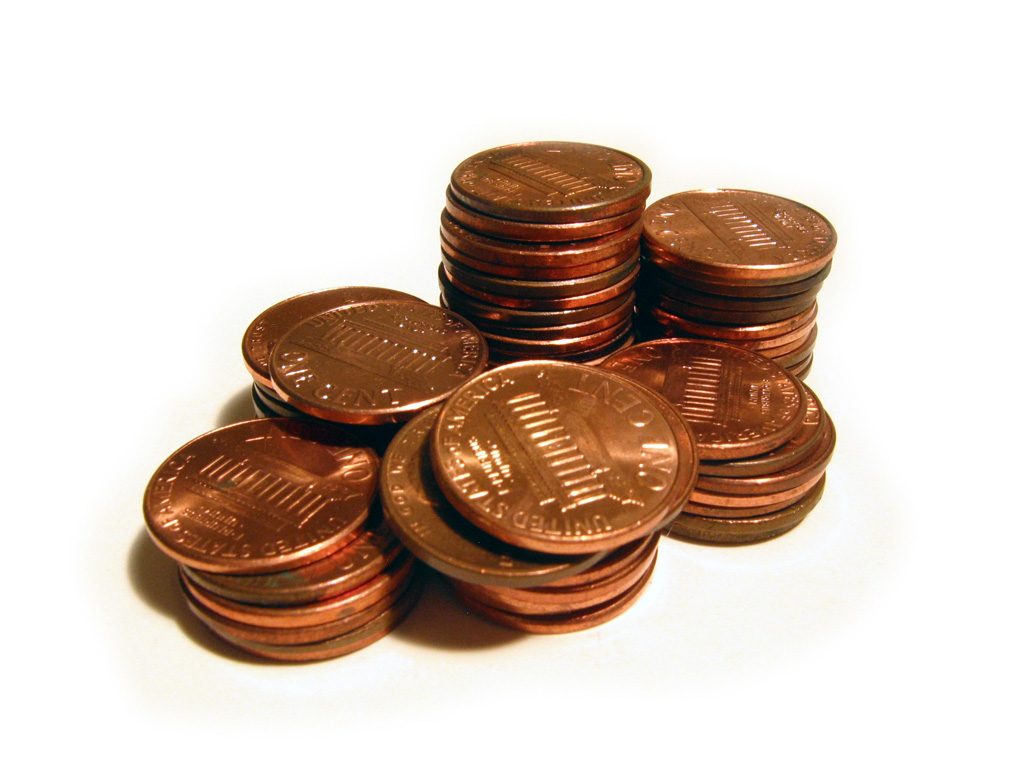Spin It to Win It

Imagine you’re at a bar and another patron offers you the following wager. He’s going to flip a coin — a standard U.S. penny like the ones seen above — a dozen or so times. If it comes up heads more often than tails, he’ll pay you $20. If it comes up tails more than heads, you pay him the same. There’s no hidden tricks. It’s a fair bet — safe to take, if you’re looking for a 50/50 chance.
Now, imagine the same offer, except that instead of flipping the coin, the other patron tells you he’s going to spin it. In fact, he’ll even let you provide the penny, just to guarantee no funny business is going on. Twenty-five spins, and if it comes up heads more often than tails, he’ll give you $20 again. But if tails comes up more often, you owe him twenty bucks.
Fair bet? Not if Persi Diaconis is right.
Diaconis is a professor of mathematics and statistics at Stanford University and, formerly, a professional magician. While his claim to fame is determining how many times a deck of cards must be shuffled in order to give a mathematically random result (it’s either five or seven, depending on your criteria), he’s also dabbled in the world of coin games. What he and his fellow researchers discovered (here’s a .pdf of their paper) is that most games of chance involving coins aren’t as even as you’d think. For example, even the 50/50 coin toss really isn’t 50/50 — it’s closer to 51/49, biased toward whatever side was up when the coin was thrown into the air.
But more incredibly, as reported by Science News, spinning a penny gives even more pronounced odds — the penny will land tails side up roughly 80% of the time. The reason: the side with Lincoln’s head on it is a bit heavier than the flip side, causing the coin’s center of mass to lie slightly toward heads. The spinning coin tends to fall toward the heavier side more often, leading to a pronounced number of extra “tails” results when it finally comes to rest.
Because the coins typically pick up dirt and oils over time, trying the experiment at home may not yield such a large percentage of “tails” over “heads” — but a relatively new coin should still give you noticeable results.
Bonus fact: Pennies are good for estimating lengths. A U.S. penny is about .061 inches in thickness and 0.75 inches in diameter. That means that 16 pennies, stacked, is about an inch tall, while the same 16 pennies, lined up tangentially, is about a foot long.
From the Archives: From Abe to Zinc: Pennies cost more than they’re worth. Really.
Related: A pound of pennies.

Leave a comment